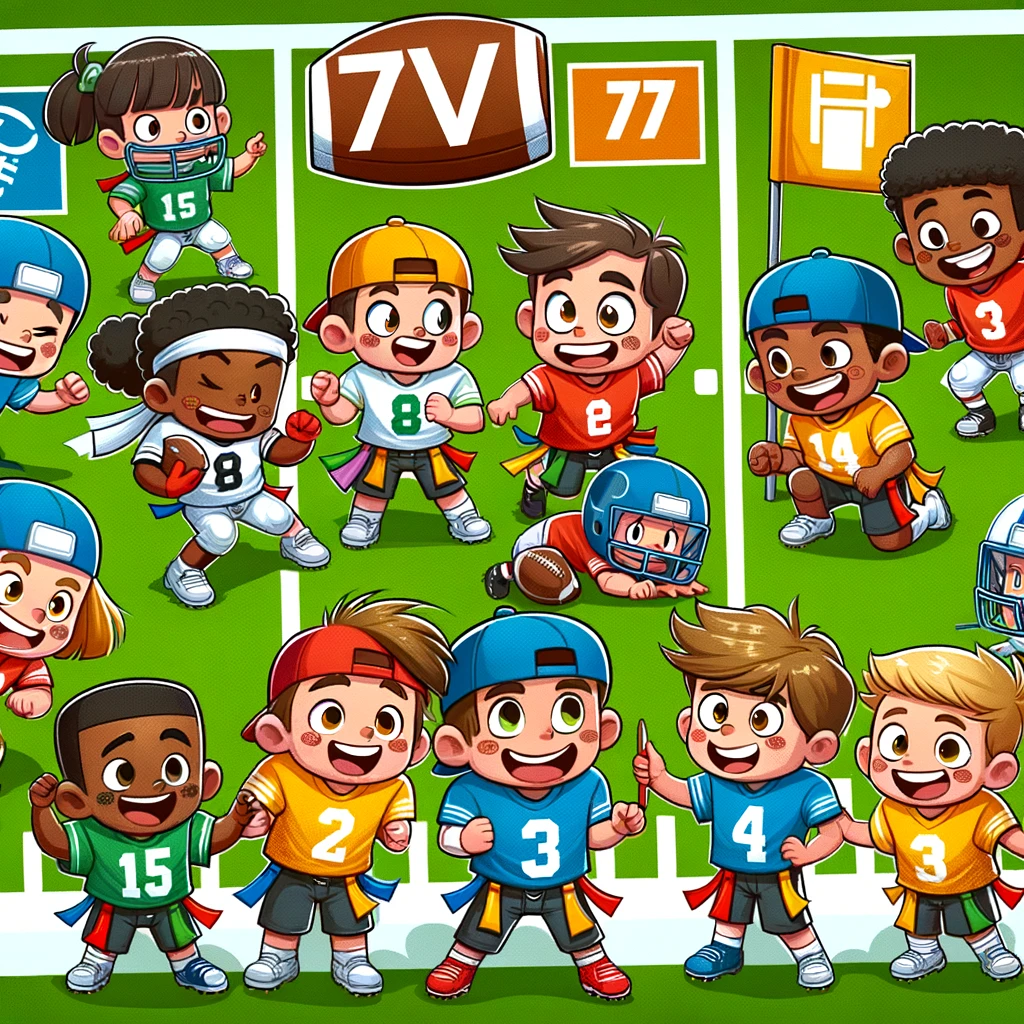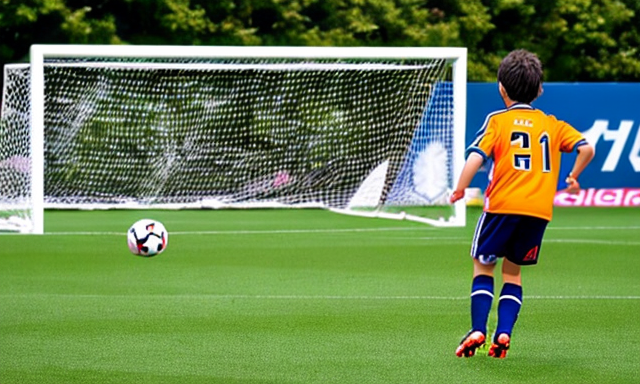Beginner’s Guide to Flag Football Offense: Mastering the Basics

Flag football is a thrilling sport that combines the excitement of football with a non-contact, strategy-focused game. Ideal for players of all ages and skill levels, it’s especially appealing to those new to the sport. If you’re just starting out in flag football, understanding the basics of offensive play is key to enjoying and excelling in the game. This beginner’s guide will provide you with foundational strategies to kickstart your flag football journey.
Understanding Flag Football
Before diving into offensive strategies, it’s essential to grasp the fundamentals of flag football. Unlike traditional football, the goal in flag football is to capture the flag from the opposing player, not tackle them. This change significantly alters the dynamics of the game, placing a greater emphasis on speed, agility, and strategy.
The Offensive Lineup
In flag football, the offensive team typically consists of a quarterback, running backs, receivers, and sometimes a center. The exact number of players can vary depending on the league, but a common setup is 5-on-5 or 7-on-7. As a beginner, it’s crucial to understand the role of each position:
- Quarterback (QB): The leader of the offense, responsible for passing the ball or choosing to run with it by handing the ball to a Running Back.
- Running Back (RB): Positioned near the QB, they run with the ball or assist in pass protection.
- Wide Receiver (WR): They run routes to get open for passes.
- Center: In some leagues, they snap the ball to the QB and may act as a blocker or receiver.
Basic Offensive Strategies
1. Mastering the Snap
The play begins with a snap. For beginners, the focus should be on clean, error-free snaps from the center to the quarterback.
2. Understanding Routes
Receivers and running backs should learn basic routes like slants, outs, and curls. Knowing these patterns is essential for effective passing plays.
3. Developing Passing Skills
The quarterback should practice short, accurate passes to build confidence and timing with receivers.
4. Implementing Running Plays
Running plays can be as simple as handing the ball to a running back who then finds a path through the defense. It’s a good way to mix up the play and keep the defense guessing. For beginners, the focus should be on clean, error-free handoffs from the quarterback to the running back.
5. Communication is Key
Use clear and simple call-outs for plays. Good communication ensures everyone is on the same page.
Practice Drills for Improvement
- Route Running Drills: Helps receivers and QBs develop timing and understanding.
- Passing Drills: Focuses on accuracy and arm strength for quarterbacks.
- Handoff Drills: Focuses on execution and technique for clean, error-free handoffs.
- Flag Pulling Drills: Essential for understanding how to play defense as well.
- Pass Protection Drills: Focuses on defending the passing plays.
Playing Smart
Understand the rules of your league, such as how many downs you have to advance the ball and any specific play restrictions. Use this knowledge to inform your strategy.
Teamwork Makes the Dream Work
Flag football is a team sport. Building chemistry with your teammates is crucial. Practice together, communicate openly, and support each other on and off the field.
Conclusion
Starting flag football can be an exciting and rewarding experience. By mastering these foundational offensive strategies, you’ll not only improve your skills but also deepen your enjoyment of the game. Remember, the key to success in flag football, as in any sport, is practice, teamwork, and sportsmanship. Lace-up your cleats, have fun, and enjoy the dynamic world of flag football!


